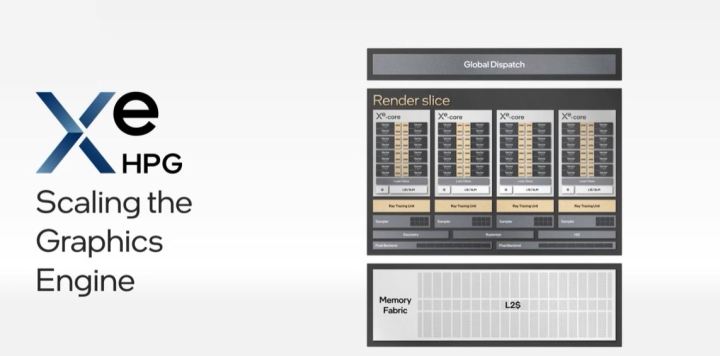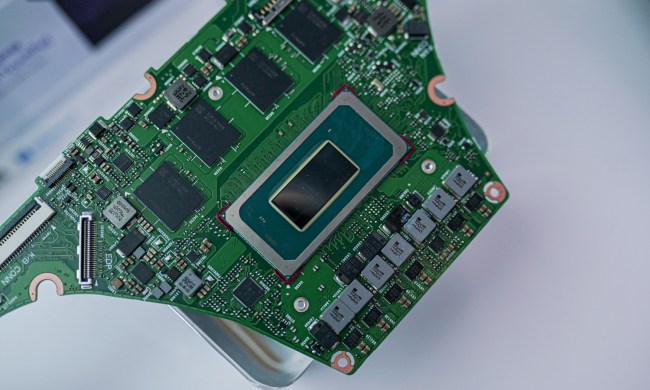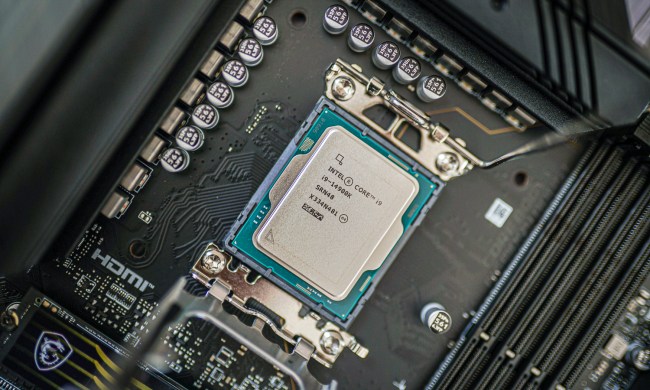On the heels of the Intel Arc announcement earlier this week, Intel has revealed more details about its upcoming GPUs and the technologies they’ll feature — in particular, XeSS. XeSS is a new supersampling feature on upcoming Intel Arc GPUs, and it looks to combine the best of competing technologies from AMD and Nvidia.
Functionality-wise, XeSS works a lot like Nvidia’s Deep Learning Super Sampling (DLSS). It uses a neural network that has been trained on images of a game to reconstruct details from neighboring pixels, and critically, it leverages previous frames to track motion through a scene. This temporal information is what sets DLSS apart, and now it looks to have a competitor in the form of XeSS.

Intel demoed a scene upscaled from 1080p to
Intel claims that XeSS can provide up to a 2x performance increase over native rendering. That sounds great, but Intel didn’t show XeSS running in any games or announce any titles that will support the feature (though Intel said “several” game developers are already engaged with XeSS).
The difference between DLSS and XeSS
XeSS looks functionally similar to DLSS, but it has one key difference. Intel announced that it will release two XeSS modes. One will leverage Intel’s dedicated XMX, or Xe Matrix Extension, cores to handle the artificial intelligence (A.I.) supersampling. That’s similar to how Nvidia leverages its Tensor cores in RTX graphics cards to upscale with DLSS.
The other mode is where things get interesting. It will use DP4a instruction, which is used for A.I. operations on recent Nvidia

That brings one of the major benefits of AMD’s FidelityFX Super Resolution (FSR) to XeSS. FSR supports just about any graphics card, while DLSS works solely on Nvidia RTX
That’s something we wanted to see out of Nvidia following the launch of FSR. XeSS looks like it will provide the best of both worlds, giving users with dedicated hardware a proper A.I.-assisted supersampling tool without restricting the feature to a certain platform. That said, we still need to wait on game support and independent testing to see how it stacks up.
Intel said that the XMX version of the XeSS SDK will be available later this month. The DP4a version will arrive “later this year.” Unfortunately, Intel didn’t provide any more details on the release window for the DP4a version. Regardless of the version, Intel says XeSS can easily fit in existing rendering pipelines.
A look inside Xe HPG
XeSS uses dedicated XMX units to handle the A.I. supersampling, and there are 16 XMX units on each Xe Core. Moving forward, Intel is moving away from the term “execution units,” which defined the number of cores on previous versions of Xe graphics. Instead, it will use “Xe Core” to show what GPUs have inside.
Each Xe Core features 16 XMX units and 16 vector engines, and there are four Xe Cores on each render slice. On the slice, each Xe Core also gets a dedicated ray-tracing unit for DirectX 12 and Vulkan ray tracing, as well as a shared L2 cache. This slice is the building block of cards using the Xe HPG architecture, and Intel is able to add or remove slices to meet performance targets.

Currently, Intel is able to use eight slices on a
Overall, Intel says that the Xe HPG architecture provides a 1.5x increase in frequency over Xe LP, as well as a 1.5x increase in performance per watt. These numbers come from Intel’s internal benchmarks, however, so we’ll need to wait until we have some time with a card to draw any conclusions.
Still, our first look at Xe HPG and XeSS is exciting. For decades, Nvidia and AMD have been the only two options for
We’ll have to wait to see how Alchemist cards perform when they launch, but it would be nice to see a blue wave in a sea that’s been dominated by red and green for too long.




